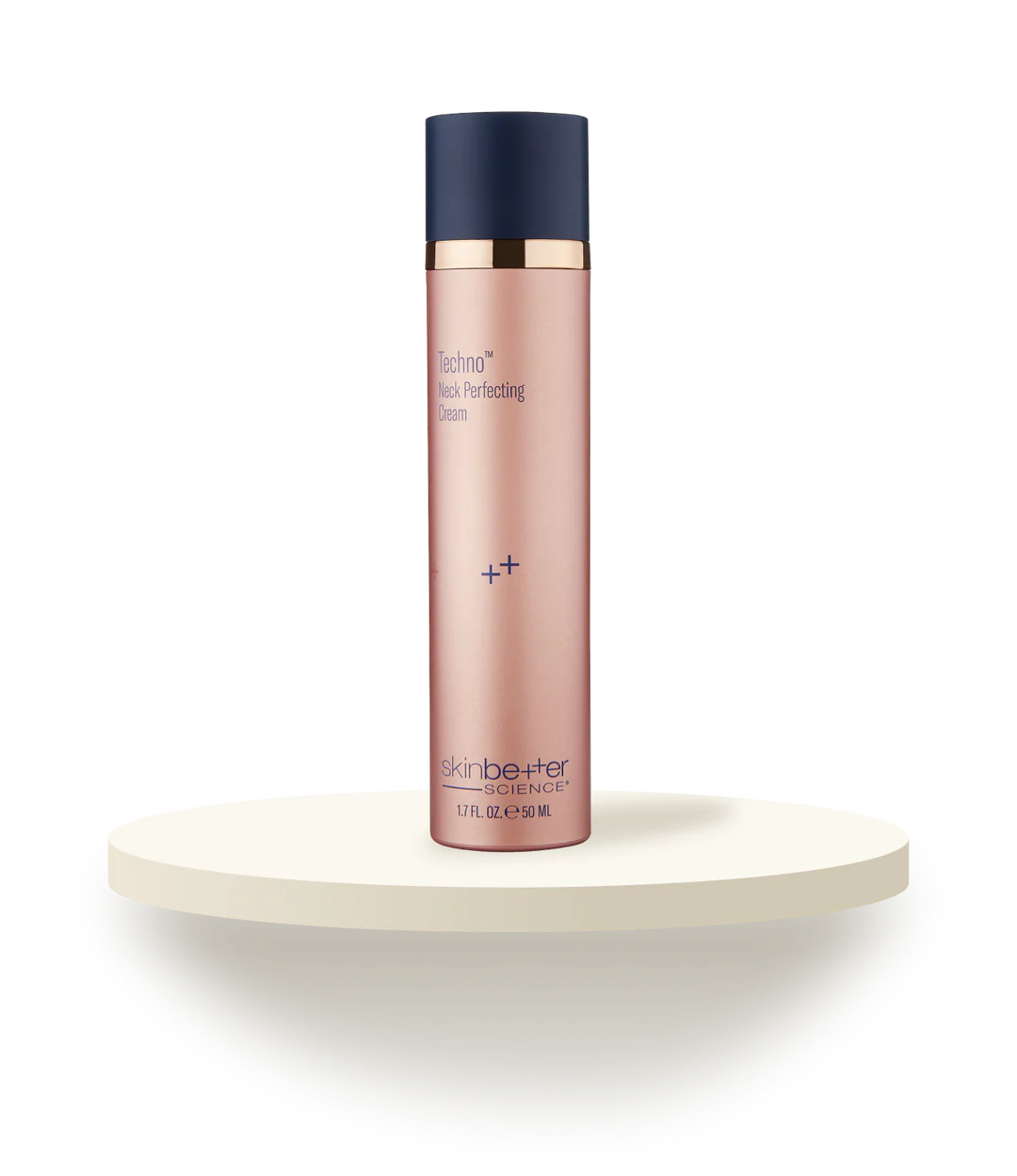FTM Gender Confirmation
For individuals seeking gender confirmation treatments, numerous plastic surgery procedures can assist in creating an embodied physical aesthetic.
Content Reviewed by AEDIT Medical Advisory Board
Gender confirmation surgeries encompass a large variety of plastic surgery procedures that are used to support those embracing their true gender in creating a genuine, embodied, and authentic physical representation of their identity. Plastic surgeons assist transgender candidates in refining and defining their desired aesthetic in unison with medical or hormone therapies managed by the individual’s health care provider.
To maintain whole patient care and transgender health, male to female (MTF) and female to male (FTM) gender-affirming surgeries are principal components in the care of gender dysphoria as are reviews of mental health. Advances in cosmetic surgical procedures and plastic surgery have allowed experienced, board-certified plastic surgeons to assist in a transgender patient's concerns from the top of the head to the tips of the toes.
Female to male gender confirmation surgery refers to individuals identified as female at birth who are seeking to transition to their male gender identity. ‘Gender confirmation surgery’ is an umbrella label to capture a variety of procedures addressing the head, neck, torso, and lower body. Individual transgender candidates may seek to pursue one or more procedures to achieve their appropriate aesthetic as part of their gender reassignment surgery. Expert and experienced plastic surgeons who specialize in these procedures are able to consult with candidates to determine what is most suitable based on medical history, current body type and health, and long term goals.
The collection of plastic surgery procedures under the general term gender confirmation surgery can be organized into groupings specific to unique body areas. When considering the transition from a female to male gender identity, candidates can consider aesthetic alterations to the head and neck, torso, and lower body that include:
FTM gender confirmation surgery does not have to include all of the above procedures. Individual candidates, in consultation with their medical provider, can determine which areas of the body they wish to address.
Individuals identified as female at birth who are now seeking to embrace their true male gender identity may consider gender confirmation surgery as part of their transition process. Medical and hormonal therapies are administered under the care of a healthcare provider, whereas cosmetic surgeries to further create a candidate’s desired aesthetic are performed by specialized expert plastic surgeons.
Candidates should consider their general health, expectations of the procedures, and ability to commit to the needed recovery time following their procedures when determining whether to pursue a gender confirmation surgery.
Internationally recognized guidelines for the pediatric population considering gender affirming surgeries recommend transgender individuals do not seek genital reconstruction surgeries such as phalloplasty (penile construction), scrotoplasty (scrotum construction), vaginoplasty (labia, clitoris, and vaginal construction), oophorectomy (ovary removal), or hysterectomy (uterus removal) until they are 18.
Now that we’ve covered an overview of gender confirmation surgery, let’s be a little more specific in the types of procedures that exist to create the most authentic personal aesthetic. See our full guide to Female to Male (FTM) Gender Confirmation Surgery Solutions, or continue reading for a general overview of the available treatment options:
Facial masculinization procedures are used to address concerns from the top of the head to base of the neck. Changes to the hairline, eyebrows, eyelashes are available. Additionally, forehead contouring procedures can alter the brow and hairline. A rhinoplasty, cheek augmentation, and lip augmentation or reduction can be used to address the middle third of the face. For the lower third of the face and the neck, jaw surgery, chin surgery, and an Adam's apple enhancement can create the desired masculine aesthetic. Non-surgical alternatives include fillers, Botox, and thread lifts.
Mastectomy (breast reduction) and nipple/areola surgeries are used to remove and remodel breast tissue. Pectoral Implants can then be considered to further augment the musculature of the chest.
A butt reduction or alterations to the hips may be considered to reduce volume and augment definition. Additionally, a calf augmentation can enhance musculature. Genital surgeries in a FTM transition include hysterectomy, oophorectomy, phalloplasty, metoidioplasty, and scrotoplasty.
To further define the contour of the whole body, body contouring procedures like liposuction, Emsculpt®, CoolSculpting®, SculpSure®, and skin tightening can further refine and define specific body parts to create a more masculine aesthetic.
